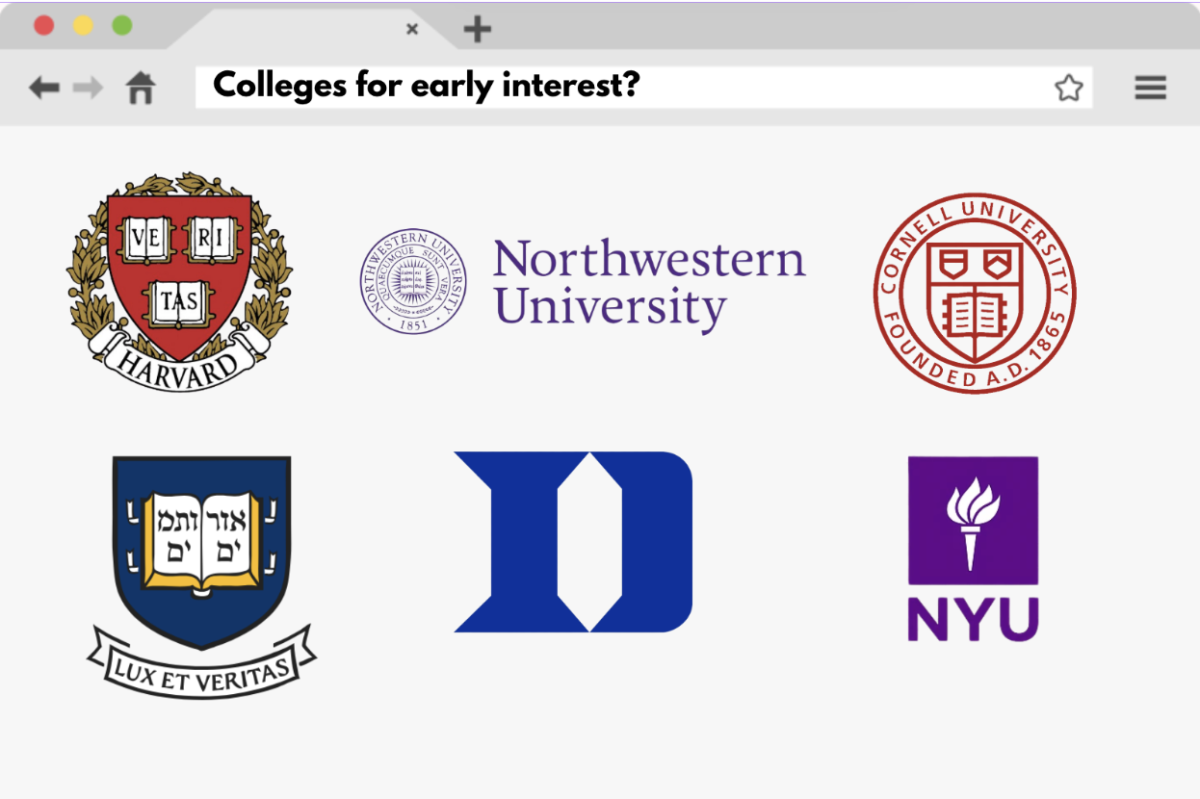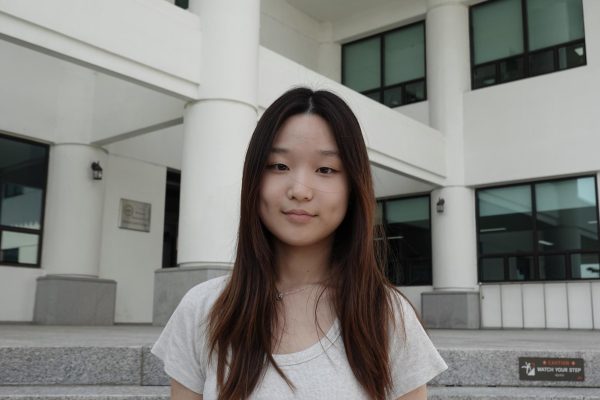With senior students’ early action and early decision college applications impending, they have been offered opportunities that allow students to compare their top choices with those of other students, helping gauge the popularity of certain schools.
The early interest survey created by Kelcey Edwards, college counselor, asks students to rank their top five contenders for early decision and action. After completing this survey, students are invited to individual meetings with Ms. Edwards to discuss their choices, especially in the context of the choices of other seniors. Ms. Edwards announces how many seniors in total were interested in each of their top five choices, as well as how many people were interested in the respective ranks.
“I think [the early interest surveys and meetings] are very useful processes because they give me good insights on what other people in the grade are thinking,” Ryan Bae (12), early interest meeting participant, said. “I think that they were overall helpful because they gave me a broader perspective and new insights into the college interests of our grade as a whole. But I feel like the meeting may have caused some students to worry or overthink about their college application process.”
College applications are likely the most anxiety-inducing process students push through in high school, so having meetings solely dedicated to learning about competition for specific schools is heavy information for anyone to digest.
Moreover, even if a student did not originally have some schools listed in their early interest survey or mentioned in their early interest meeting, after the meeting, word spreads about how many people are potentially applying to a school. This perceived popularity can incentivize students to either continue to pursue the college or rethink their decision.
“I have heard a lot about schools I had not considered applying to,” Dyne Kim (12), early interest meeting participant, said. “Based on what is going around about how many people are applying where, a lot of people have been reconsidering their choices, but I think that if that is the case, there is no guarantee that the same ‘popular’ schools in the early interest meeting are that popular after all.”
However, with around two months until the early decision deadlines are due, it may be natural for students to reflect on their choices, whether or not they were influenced by word of mouth, individual preference from personalized research, or other factors, such as avoiding clustered applications to select universities.
The surveys and meetings are not intended to induce uncertainty and anxiety during this already-grueling process, but having a broader scope regarding competition of early decision schools may be an important deciding factor that could ultimately influence the chances of acceptance.
“The main purpose of this activity is to provide additional SIS-specific information for our families to work with…while there’s still time to factor it into decision making,” Ms. Edwards said. “I am hopeful that seniors will be talking about this with their families and have a realistic understanding of the choices they make. Is it better to be completely ignorant about the number of SIS students considering the same school? Or is it better to be grounded in reality and have the time to examine strategic opportunities more closely?”
Taking into consideration the information offered from the early interest meetings in moderation with one’s existing knowledge and hopes will likely help students navigate their decisions a little better.
“I wish the meetings lasted longer,” Dyne said. “Although the content was very insightful, fifteen minutes seemed a bit short for me to ask all the questions I wanted to ask, as well as some clarifications. I think many other students also felt the same way.”
Despite their brevity, the insights the early interest meetings provided students are sure to play a role in this complicated process of applications.


